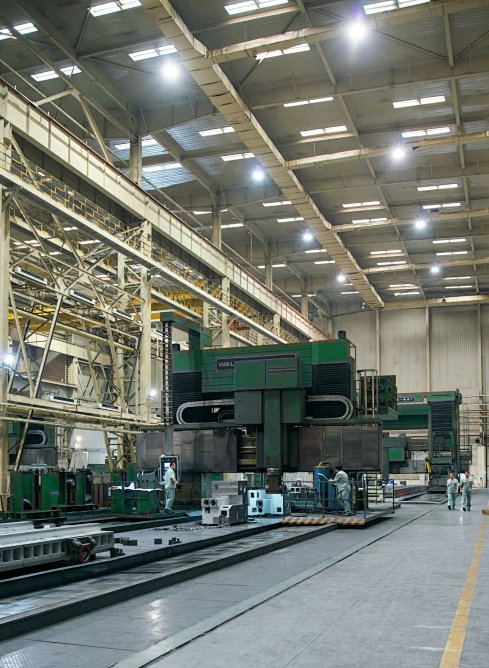Analysis of the process flow and characteristics of large-scale machining
Jun 15,2020
The process flow of large-scale mechanical processing mainly refers to the steps of manufacturing and processing workpieces or parts. When operations are stopped, mechanical processing methods are mainly used to directly and effectively change the shape, size, and surface quality of the blank, transforming it into a part. The process is called the mechanical processing process flow. For example, the processing flow of a common part is rough machining - fine machining - assembly - inspection - packaging, which is a general processing flow.

The process of large-scale mechanical processing is based on the flow, effectively changing the shape, size, relative position, and properties of the production object, turning it into finished or semi-finished products. It involves detailed explanations of each step and process. For example, rough machining may include blank manufacturing, grinding, etc., while fine machining may be divided into turning, fitting, milling, etc. Each step requires detailed data, such as the required roughness and tolerances.
Large-scale mechanical processing will effectively determine the adopted process based on factors such as product quantity, equipment conditions, and worker quality, and write the relevant content into a process document, which is called a process specification. This is more targeted. Each factory may be different because the actual conditions vary.
The process specification for large-scale mechanical processing is one of the process documents that stipulate the mechanical processing process and operating methods for parts. It is written in accordance with specified methods, detailing a more reasonable process and operating methods under specific production conditions, and is used to guide production after approval. The mechanical processing process specification generally includes the process route for workpiece processing, detailed content of each operation and the equipment and process configuration used, inspection items and methods for the workpiece, cutting amounts, time quotas, etc.
In the process of formulating the process for large-scale mechanical processing, effective adjustments are often made to the previously preliminarily determined content, which can improve economic efficiency. During the implementation of the process specifications, unforeseen situations may arise, such as changes in production conditions, the introduction of new technologies and processes, and the application of new materials and advanced equipment, all of which require timely revisions and improvements to the process specifications.
Related dynamics
Contact Us
E-mail:tjjiaxuyan@163.com
Telephone:022-68976188,13821612718
Mobile:18902087888,13802191288
Address:Fengjia Village, Duliu Town, Jinghai District, Tianjin










